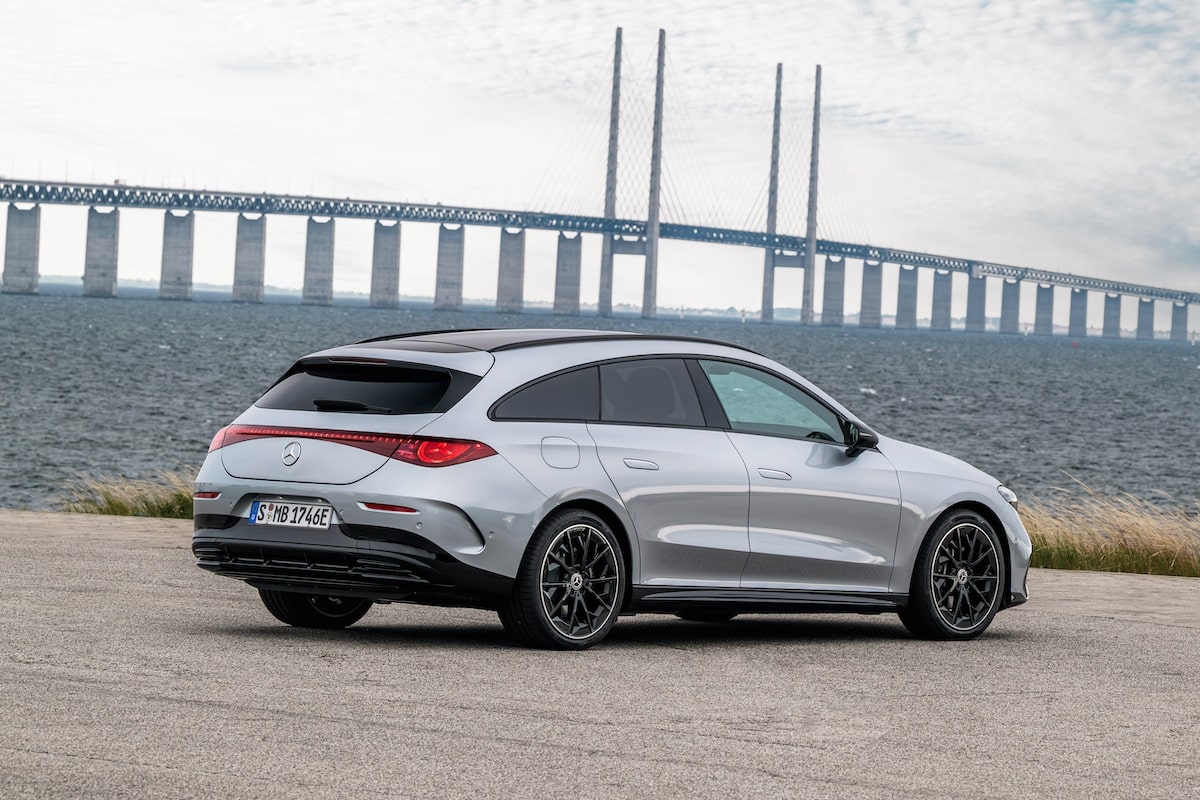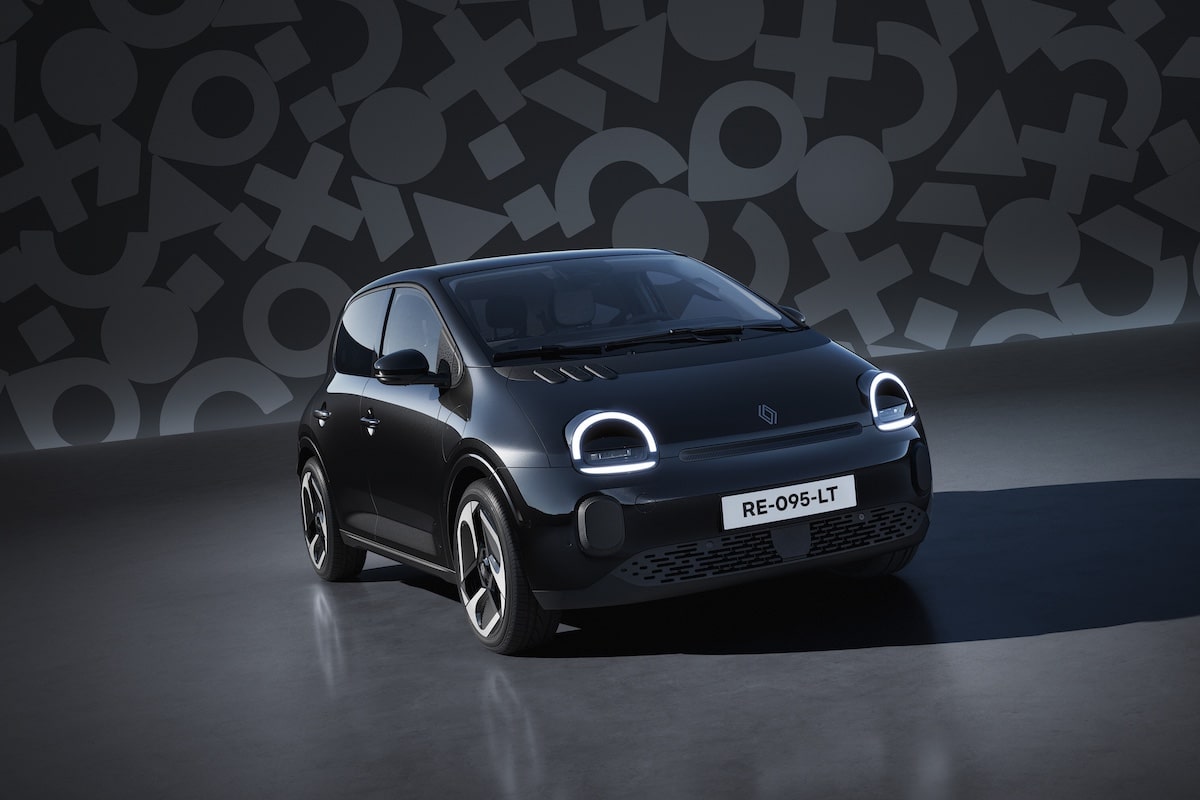Electric car: what is the impact of screens on range?

The increasing number of screens in electric vehicle interiors is a source of energy consumption, but to what extent?
An urban legend suggests that turning on the heating or the headlights halves the range of an electric vehicle. And even more so in winter. Mobiwisy has extensively documented these scenarios, even demonstrating that the range drops more in summer due to the heat…
Nevertheless, every source of consumption has an impact on the range of an electric vehicle, as there’s no magic in this world. Today, let’s question the proliferation of XXL screens that invade the interiors of cars. Like huge tablets, they need to be powered. But what are the implications?
What is the energy consumption of screens?
Digital screens, including digital dashboards, infotainment displays, and other interfaces, consume energy. However, this consumption is relatively low compared to other vehicle components, like the motor, air conditioning system, or headlights.
It should be noted that the larger and higher resolution the screen, the more energy it consumes. For example, a large 17-inch central touchscreen will consume more than a small 7-inch screen. Furthermore, OLED screens are more efficient than LCD screens, as they consume less energy when displaying dark or black images.
But rest assured, the energy consumption of screens is negligible compared to the total energy needs of the car. On average, a screen can consume between 10 and 100 watts per hour, which is minimal compared to the total consumption of an electric car that typically ranges from 15,000 to 20,000 watts per hour during operation.
What impact on range?
The impact of digital screens on range is therefore marginal. For instance, if the screens consume 50 watts, that would represent a consumption of 0.05 kWh per hour. For a car with a 75 kWh battery, this equates to a loss of about 1 km of range for every 20 hours of continuous screen use. Electric vehicle manufacturers optimize energy management to minimize the impact of auxiliary systems, like screens. For example, screens can turn off or enter sleep mode when the car is not in motion, or their brightness can be automatically adjusted based on ambient light to save energy.
However, beyond simply turning on these screens, their usage can greatly influence the range. If a driver frequently uses GPS, multimedia systems, or often checks information on the screen, this can encourage more energy-intensive driving since the computer managing the infotainment will also consume more energy to “think.”
What about wireless smartphone charging?
The smartphone charging systems via induction (wireless) found in electric vehicles also impact the range of the vehicle, but this impact is also relatively low.
Induction charging works by using an electromagnetic field to transfer energy between a coil in the car and a coil in the smartphone. This charging process is not perfectly efficient; there is an energy loss compared to traditional wired charging. Induction charging generally delivers a power of 5 to 15 watts, depending on the system and smartphone. The efficiency loss can add about 10 to 20% to this consumption.
If you charge a smartphone with a 4,000 mAh battery at 10 watts for one hour, it would consume about 0.01 kWh, which is a very small amount of energy. For an electric vehicle with a battery of about 75 kWh, the energy consumption of an induction charging system is negligible. If you use induction charging for 10 hours, you would consume about 0.1 kWh. This represents a loss of about 0.13% of the total battery capacity. In terms of range, for a car with an average consumption of 15 kWh/100 km, this could reduce the range by about 0.7 km, resulting in an almost imperceptible impact.
However, be cautious of the cumulative effect of energy expenditure sources. Small streams make large rivers…
READ ALSO: Oops, the Tesla Model Y Long Range misses the bonus by €510!
This page is translated from the original post "Voiture électrique : quel est l’impact des écrans sur l’autonomie ?" in French.
We also suggestthese articles:
Also read





